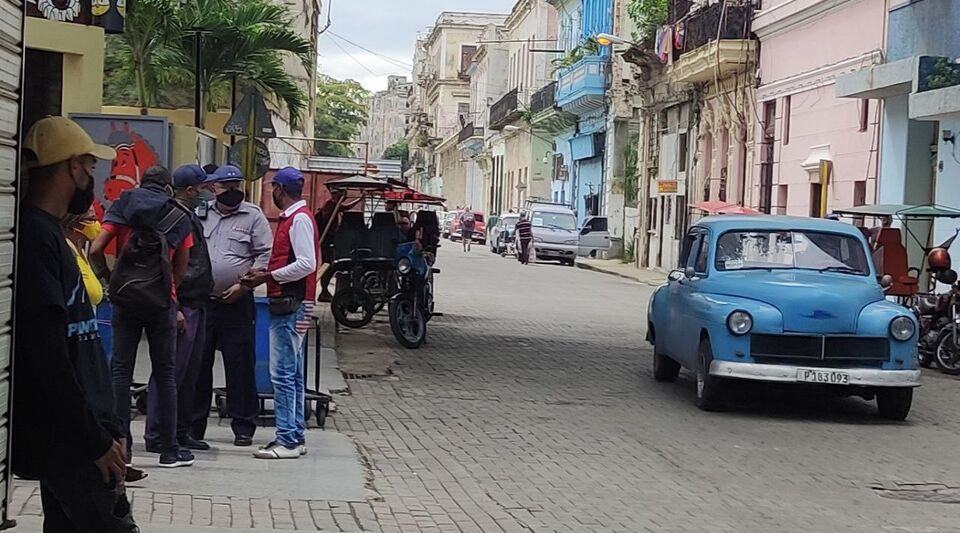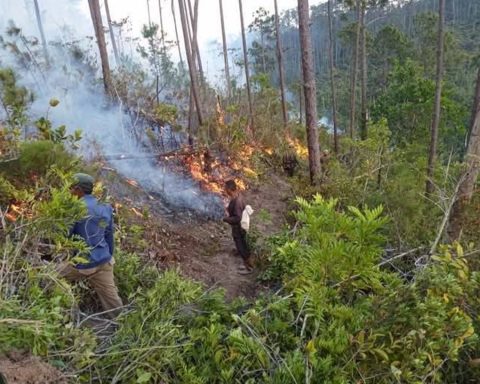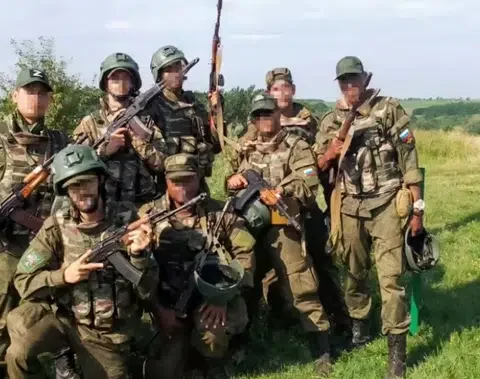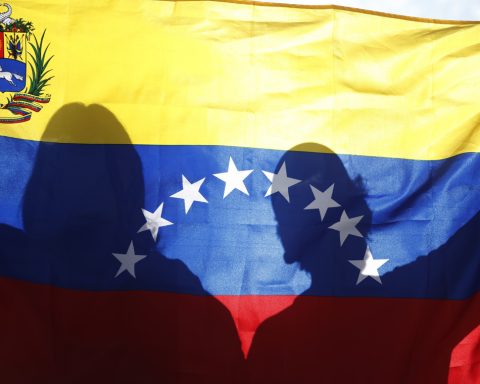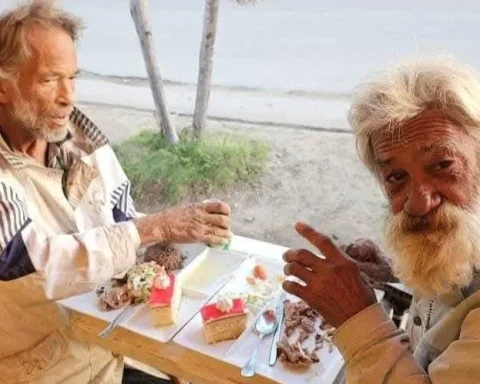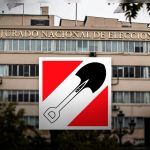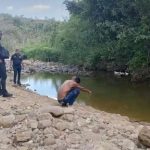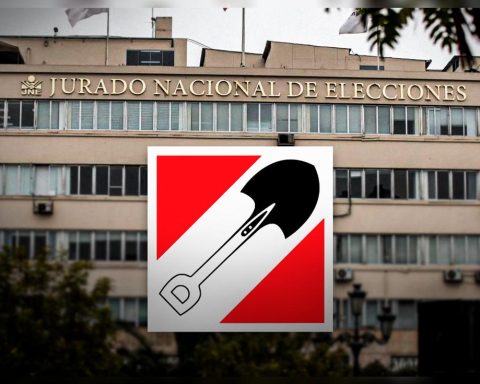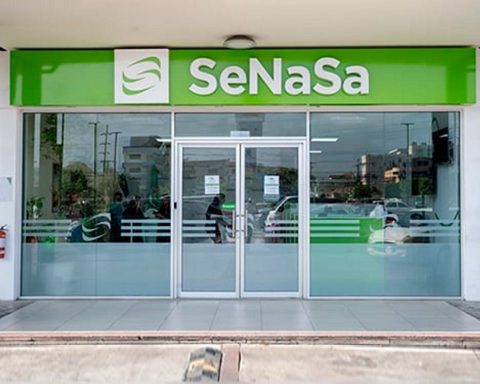Havana woke up this Monday with an autumn atmosphere and a wide police operation to prevent the Civic March called for three in the afternoon on November 15 in various parts of the city and the country. The vicinity of the Capitol, Central Park and the Malecón are among the most guarded areas.
On the Boulevard of San Rafael Street, a pedestrian street that connects the Centro Habana municipality with Old Havana, the presence of uniformed police officers and members of the State Security even outnumber the passers-by. “Today even the street sweeper belongs to the political police,” a customer who waits to buy in one of the foreign exchange stores located on that street ironizes.
Inside the store, the employees are not happy. They must remain guarding the premises until midnight but they have not guaranteed a lunch or a snack despite the extension of working hours. The looks are awkward but avoid complaining out loud.
The police operation in the area has also scared off customers, who form a small queue, something rare for a Monday. In the middle of the morning, a burly man dressed as a policeman calls out to others and they have a brief meeting in a corner. Give directions, reiterate what to do, and speak in short, authoritative sentences. He looks like a military man addressing his soldiers.
“I went out to buy bread and in the queue for the bakery there were very strange people who are not from this neighborhood,” says María Eugenia, a retired resident of Los Sitio
Numerous people all dressed in civilian clothes attended the meeting to receive instructions on policing the Boulevard. There are apparent couples, elderly people that until a few minutes before anyone would have mistaken for a retiree who was walking down the street and several men who repeat the pattern of short hair, a tight shirt and a watchful gaze that identifies Cubans with insurance.
Shortly before, a man who was standing on a corner of the block had been called by a police officer who asked him why he was there. The gentleman was also waiting to enter the foreign exchange trade but he moved away a bit to smoke. His identity card was checked and noted.
The tension is palpable in the air and it is evident that the authorities have deployed their security forces so that the scenes of popular protests that were seen by San Rafael on July 11 are not repeated in the place. Nor the scene of a lonely man with a poster like the one that Luis Robles starred in last December on that same road.
A young man passing by is followed by an old man who has seen him take out his mobile just as the meeting was taking place. He walks behind him for several blocks, until he reaches Reina Avenue, where he manages to lose track of him. “I was only able to make a phone call when I was in the middle of the street with cars passing on both sides,” he explains to this newspaper.
“I had to take refuge in the house of an aunt who lives nearby because they were following me, I had never felt like this in my own city,” he details. “They are using many old men for the operation, old men and women.”
In every street, in front of every shop and every bank, the fence is repeated. The informal vendors that are so abundant on Galiano, Reina and Monte avenues seem to have smelled danger and this Monday they are not there or are taking refuge inside the stairs and the thresholds of some doors.
“I went out to buy bread and there were very strange people in line at the bakery who are not from this neighborhood,” says María Eugenia, a retired resident of Los Sitio. “When I got to the counter I asked the employee to sell me an extra bread that I was going to pay her well, but she just looked at the queue and said: Grandma, I can’t today.”
________________________
Collaborate with our work:
The team of 14ymedio He is committed to doing serious journalism that reflects the reality of deep Cuba. Thank you for joining us on this long road. We invite you to continue supporting us, but this time becoming a member of our journal. Together we can continue transforming journalism in Cuba.
